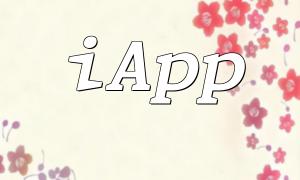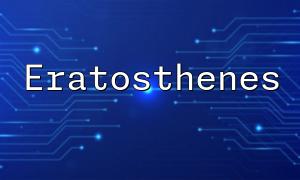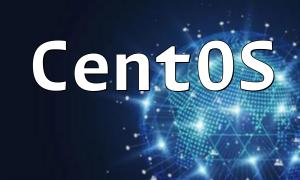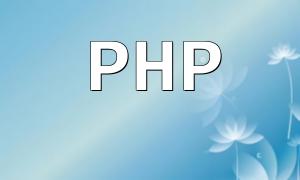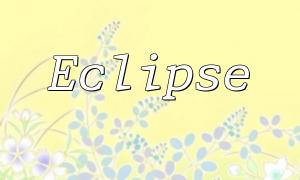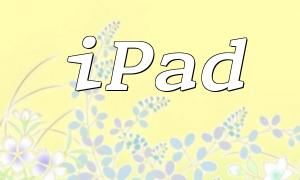With the deep integration of mobile applications and backend services, data exchange between PHP and iOS has become essential. Especially for handling JSON data, the cooperation of these two technologies enables efficient communication. This article introduces key techniques and best practices for working with JSON data in both PHP and iOS.
JSON (JavaScript Object Notation) is a lightweight data format with a simple and readable structure, making it suitable for efficient data transmission between clients and servers. Whether in web or mobile development, JSON is a fundamental part of data exchange.
PHP makes JSON processing easy through two built-in functions: json_encode() to convert data into JSON format, and json_decode() to decode JSON strings into PHP variables.
// Create a PHP array
$data = array('name' => 'John', 'age' => 30, 'city' => 'New York');
// Convert the array to JSON format
$jsonData = json_encode($data);
// Output the JSON data
echo $jsonData; // {"name":"John","age":30,"city":"New York"}// JSON string
$jsonString = '{"name":"John","age":30,"city":"New York"}';
// Convert the JSON string to a PHP object
$data = json_decode($jsonString);
// Access a property
echo $data->name; // Outputs: JohnIn iOS development, the JSONSerialization class from the Foundation framework allows for easy encoding and decoding of JSON data. Whether retrieving data from a server or sending local data to an API, this class is the go-to solution.
// Create a dictionary
let data: [String: Any] = ["name": "John", "age": 30, "city": "New York"]
do {
// Convert the dictionary to JSON data
let jsonData = try JSONSerialization.data(withJSONObject: data, options: [])
// Print the JSON string
if let jsonString = String(data: jsonData, encoding: .utf8) {
print(jsonString) // Outputs: {"name":"John","age":30,"city":"New York"}
}
} catch {
print("Error converting to JSON: \(error)")
}// JSON string
let jsonString = "{\"name\":\"John\",\"age\":30,\"city\":\"New York\"}"
if let jsonData = jsonString.data(using: .utf8) {
do {
// Deserialize JSON data into a dictionary
if let jsonDictionary = try JSONSerialization.jsonObject(with: jsonData, options: []) as? [String: Any] {
// Access a value
print(jsonDictionary["name"]!) // Outputs: John
}
} catch {
print("Error parsing JSON: \(error)")
}
}When building communication mechanisms between client and server, JSON is the most commonly used format. Developers can encode data in JSON on the PHP side and send it to the iOS client via HTTP requests. The client can then decode and use the data. The reverse process works the same way. This approach improves development efficiency and enhances scalability.
Mastering JSON data handling in both PHP and iOS is foundational for building high-performance, maintainable applications. By effectively using encoding and decoding tools on both platforms, developers can establish robust and efficient data exchange systems. Whether you're new or experienced, understanding JSON's role in cross-platform communication is key to building modern apps.
